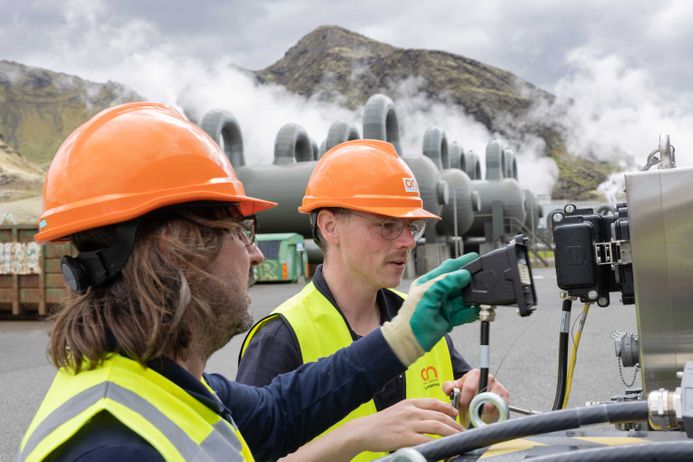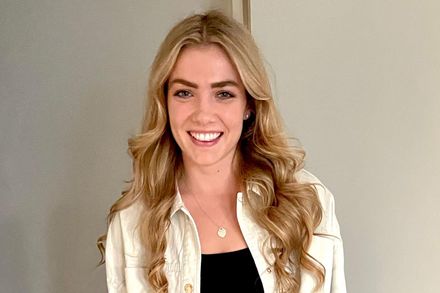I am a third year PhD student at Imperial using magnetics to see how resources move underground. Before starting my PhD I lived in Birmingham where I played squash professionally.
Interview with Jack
Hear from Jack, who is researching the potential for old hydrocarbon reservoirs to be used for storing CO2.
Education
![]() GCSE (or equivalent): Geography, Physical Education, Religious Studies, French, Mathematics, English (Literature & Language) and Science
GCSE (or equivalent): Geography, Physical Education, Religious Studies, French, Mathematics, English (Literature & Language) and Science
A-Level (or equivalent): Geology, Economics and Mathematics
Degrees:
• MSci in Geology, University of Birmingham
• PhD in Earth Science and Engineering (on-going), Imperial College London
Detail about Jack
My research
My research uses the magnetism of minerals to track the movement of resources beneath the Earth’s surface. In particular, I am looking at the potential for old hydrocarbon reservoirs to be used for storing CO2.
My inspiration
My grandmother. She had an entire collection of rocks and fossils which she used to show and explain to me when I was young.
Who is your STEM hero?
Mary Anning. a fossil collector from the 19th century, whose findings along the south coast of England changed the way geologists thought about Earth’s history. She was also the inspiration behind the tongue twister “She sells sea shells on the seashore…”

Most significant discovery/invention?
The theory of evolution by natural selection proposed by Charles Darwin. It gave us a real insight into the importance of the diversity of life and where humans fit in the natural world.

Career options after study
- Researcher at a university
- Environmental think tank
- Space agency with a focus in mining and resources
- Exploration geologist for geothermal reservoirs
- Reservoir engineer for storing carbon dioxide or hydrogen

My hobbies
I regularly play squash and go to the gym. I enjoy reading an ever-growing pile of books which gets topped up every birthday or Christmas.
Jack talks about his research
Jack talks about using the magnetism of minerals to track resources underground and the potential for old hydrocarbon reservoirs to be used for storing CO2.
Learn more about others working in this area
Outreach Newsletter
Sign up to our newsletter and mailing list for updates about Outreach events and activities.




